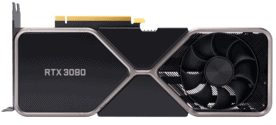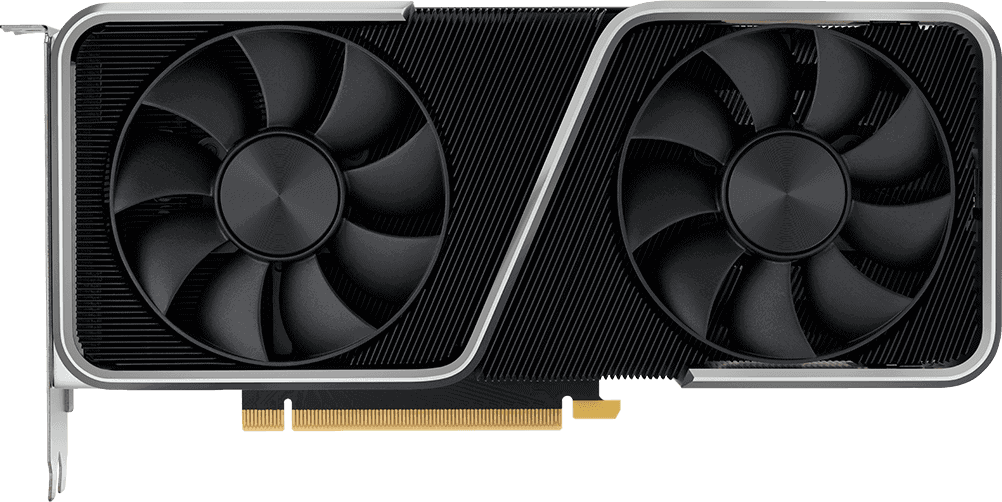Best Gpu for Black Ops 4 1080p 144hz
Best GPU for Call of Duty: Warzone - The Ultimate Guide
The Battle Royale genre has become one of the most popular genres in gaming. With so many gamers absolutely loving this thrilling take on multiplayer gaming it's of course no surprise that most developers are trying to get a piece of that cake, and while the CoD franchise wasn't as successful with its first attempt (Call of Duty: Blackout) they've now definitely hit the mark with Warzone. Tons of gamers boot the game each day to try and get a taste of victory, and with the game showing no signs of slowing down we thought it was high time to set our analysts loose on it.
We've gone ahead and evaluated the performance of current GPUs and collected all of our findings in this article to help you decide on your next purchase.
The Top 5:
1. RTX 3080

2. RTX 3060 Ti

3. RTX 3070

4. RTX 3060

What makes a GPU good for Call of Duty: Warzone?
If we boil it down to the essence your GPU (Graphics Processing Unit) is in charge of providing the image on your monitor. The power of your GPU determines how detailed of an image it can produce, but also how fast and smooth it can make said images appear in succession on your screen. The most powerful graphics cards have enough horsepower to render the newest games at the highest details and visual fidelity, but for competitive gaming that's not really why you should be interested in these cards.
Competitive gamers prioritize getting frames per second over anything else, and that's because getting a high framerate (coupled with a high refresh rate monitor) really does give you a myriad of advantages in the game. The most obvious one is that, if you're gaming on a monitor that can display all of these frames, the image that you get is much smoother and crisper, but it doesn't end there. Higher framerates also result in faster response times, and that can mean the difference between winning or losing at the higher levels.
Luckily you don't really need to get the latest and greatest GPU to achieve decent framerates in most games. Pretty much every competitive gamer lowers a lot of ingame settings (click here to see our settings guide for Warzone) to get higher framerates (and also because some settings that are meant to make the game more beautiful can be distracting) so depending on your budget and the framerate you're eyeing you've got plenty of options. Sadly, Warzone isn't exactly the easiest game to run so compared to some of our other analyzed games you will need to make a decent investment if you want to maximize your framerate in this game.
What is for sure is that you'll want to make sure you can run the game at 144 frames per second at minimum. Of all of our analyzed professionals across all games, only 1% are still gaming on a 60 fps setup. Almost everyone else is at 144 FPS or higher, with almost half going for a 240 FPS setup. With framerates there are diminishing returns though, so if you're strapped for cash then a 144 FPS setup is also definitely an option in this game.
For this article we're mainly focusing on the performance at 1080p since it's important to prioritize framerates if you're a competitive player. The highest tier cards are an option for 1440p gaming these days though, which is also something that we'll mention in their respective entries.
Nvidia's Reflex
High frame rates don't only make for a smoother looking game. There are very real advantages outside of the visual clarity that you reach by prioritizing frame rates. The higher your frame rate, the lower your overall system latency will be, for example. If the latency of your system is too high (or there's a bottleneck somewhere, like a mouse or keyboard that registers too late) your competitive performance will suffer.
Call of Duty: Warzone is one of the games that supports Nvidia Reflex Low Latency Technology, which means that its developers worked with Nvidia to implement tech to lower the overall latency (click here to read Nvidia's article on that)andmeasure your system latency so you can identify any possible issues. If you're gaming at the highest levels and/or you just want to be at your very best every time it's in your best interest to reduce the overall latency to the lowest possible amount. This technology is available for the GeForce 900 series and up. Do note that you need compatible hardware in order to use the Reflex Latency Analyzer though.
What is Nvidia Reflex?
Going with Nvidia
As far as GPUs go there seems to be only one manufacturer if we take a look at what our analyzed professionals are using. Almost every pro gamer has an Nvidia card in their rig, so we've gone with Nvidia cards for this article as well.
We've also chosen to go for cards that are still in production. There's definitely an argument to be had about using an older card if you can manage to snag one at a sale or second hand from a seller that you trust but since that's of course a rather unreliable way of obtaining gear we have chosen to leave those cards that are not in production anymore out of this article.
Note: the average FPS you get ingame will severely depend on your ingame settings, as well as the rest of your rig (CPU, RAM, ...) so take these estimates with a grain of salt.
Most used GPU manufacturer in the professional scene
NVIDIA
OTHER
Around
0 %
of analyzed warzone players use a 144+Hz monitor
1. RTX 3080
Best pick overall
Call of Duty: Warzone is not a very easy game to run, which means that your options will be limited if you're playing at higher refresh rates. Anyone who joined the recent 360Hz monitor revolution will just want to go for the most powerful card, but even those will not reach those frames reliably. The RTX 3080 as such is our choice for people who want to play Warzone competitively. It will not stay above 240 frames per second at all times but with a refresh rate that sticks around the 200 mark it is the best option for people with a 240Hz monitor.
Naturally, this is also the card to get if you play at higher resolutions. For someone using a 1440p 144Hz monitor this is also a good card to get, as it will stay above 144 frames per second quite reliably without dropping too far below that mark even during intensive scenes.
2. RTX 3060 Ti
The 144Hz option
If you want to play at 144 frames per second this is the card to go for. It very reliably reaches over 144 frames per second, and during dips it goes just a couple of frames below that mark, meaning that you're getting a very smooth experience out of this card (large fluctuations in framerate can look and feel bothersome). It is our choice if you're focusing on reaching that 144 mark.
Performance at 1440p is respectable; the 3060 Ti doesn't reach 144 frames per second on average at that resolution but it still manages to stay close to it. If you're going to be playing at 1440p and you want a higher refresh rate we do recommend the 3070 or higher however.
just over
0 %
of analyzed warzone professionals are currently using an nvidia gpu
3. RTX 3070
The best value/performance
The RTX 3070 is the best choice if you're looking for a fantastic value/performance proposition. It will allow you to game at 1080p 144Hz with ease, with even the dips going just a frame or two below that mark. If that's the kind of framerate and performance you're looking for then this should be an easy buy.
It's also a good 'budget' option for people who want to play at 1440p 144Hz. On average, the RTX 3070 stays above that mark with ease, and while it does dip below 144 during intense moments it never goes below 115 frames per second, making it a hiccup-less performance.
4. RTX 3060
The budget option
Since it's not so easy to reliably reach 240 frames per second (and higher, obviously) in Call of Duty: Warzone, it might make sense to go for a more budget-oriented setup if you're building one from scratch. Of course we will always recommend to reach for higher framerates if you've got the budget for it but if you're going to be focusing on this game and you don't want to spend the money for the top tier cards and monitors then this RTX 3060 is a very sensible choice. Despite the fact that it, on average, performsjustbelow 144 frames per second it's definitely a card that will not disappoint.
Being the least powerful card in the 30 series lineup so far it's naturally going to suffer the most in performance, but what's nice is that it doesn't dip too far below 144 frames per second. With a framerate that never goes below 100 you're not going to be suffering from any disorienting drops, which is why we're recommending this as a great budget card for someone who wants to play on a 144 frames per second setup. For a more stable 'budget performance' we do recommend the 3060 Ti, but if the money isn't there (or you don't want to spend it on a GPU) this will work just fine.
Conclusion: The best GPU for Warzone
Call of Duty: Warzone isn't the heaviest game to run on our list of analyzed games but it's definitely not the lightest game either. For that reason you'll want to be looking at the top end of the spectrum in general.
If you're after the 144Hz mark things become a little bit easier: if you're willing to lower your graphical settings there are a bunch of budget options to choose from that'll get the best out of that fancy monitor without much trouble.
As with most PC components it's important to have a balanced build, however. If you're on a limited budget it doesn't make sense to go for an RTX 3080 if you're going to be running it with a low tier CPU and on a 144 Hz monitor. A GPU alone won't push a low tier system to suddenly become a high tier system, so make sure to budget appropriately and get yourself a compatible and evenly distributed build. If you have any questions please don't hesitate to reach out to us on Twitter or Discord.
Thanks for reading!
Average Expected FPS - medium settings (1920x1080)
RTX 3080
RTX 3070
RTX 3060 Ti
RTX 3060
Best Gpu for Black Ops 4 1080p 144hz
Source: https://prosettings.net/best-warzone-gpu/